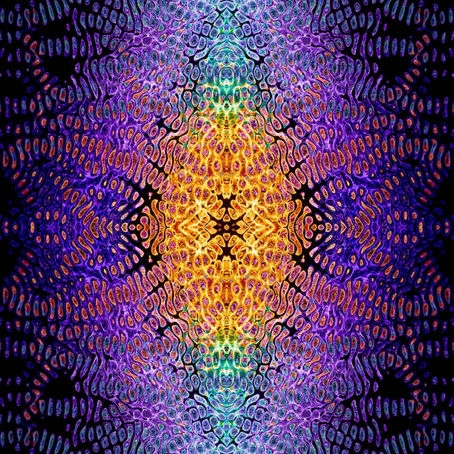top of page

Search


Qi Dynamics in Medicine: Herbal and Food Energetics (Qi and Flavor 氣味)
In herbal medicine, qi (氣) often refers to thermal nature—how warming or cooling a food or herb feels in the body. Substances are understood along a spectrum from hot and warm to cool, cold, and neutral. These thermal qualities are relatively easy to perceive, influencing whether internal activity speeds up or slows down.


Qi Dynamics in Medicine: The 5 Phases (五行) and 5 Zang "Organs" (五臟)
The four seasons illustrate the fundamental movement patterns of qi—rising, expanding, contracting, and descending—each linked to a direction, phase, and zang. This article explores how these seasonal dynamics reflect the interaction of heavenly and earthly qi, forming the foundation for understanding the Five Phases (五行) and the Five Zang “Organs” (五臟) in East Asian Medicine.


Qi Dynamics in Nature: The Seasons (時)
The ancient Chinese viewed the seasons not only as divisions of the year but as the living rhythm of yin and yang—the foundation of all things. Through observing sunlight, shadow, and cyclical change, they mapped time itself as a field of movement, revealing the energetic patterns that shape both nature and life.


Qi Dynamics in Nature: Heavenly and Earthly Qi (天地氣)
ChatGPT said:
Early agricultural observers grounded East Asian Medicine in the direct study of nature’s energetic movement patterns. Through watching the sun’s passage and the growth of plants, they discerned two complementary forces—expansive “heavenly” qi and ascending “earthly” qi—whose interaction formed the archetype for yin-yang and five-phase theory. Human life, in this view, mirrors the cyclical dynamics of the natural world.


Qi Perception: Interoception and Exteroception
An article on the two different ways to experience qi: inside of one's own body, interoception or outside of one's own body, exteroception.


Ying and Wei Qi (營衛氣) in East Asian Medicine
In East Asian Medicine, yíng qì (營氣, nutritive qi) and wèi qì (衛氣, defensive qi) form a yin-yang pair describing the body’s internal and external energetic dynamics. Drawing on early character etymology and Neijing sources, this essay traces their sensory and functional distinctions, the clinical logic behind harmonizing the two in formulas such as Guìzhī Tāng (桂枝湯), and how wind disorders disrupt their balance through dispersal and stagnation.


Qi Perception in the Practice of Acupuncture and East Asian Medicine
How qi perception relates to the practice of acupuncture and East Asian Medicine


Qi Perception is a Variable Trait
An article on the different ways that qi perception ability can vary from person to person.


What is Qi?
Qi (氣) is both the animating energy of the universe and the subtle movement perceived within the body. Drawing from Daoist cosmology and early etymology, this essay situates qi as the bridge between form and formlessness—matter and movement—mirroring modern understandings of energy and vibration. From the unseen macrocosm to embodied sensation, qi represents the dynamic continuum linking heaven, humanity, and earth.
bottom of page